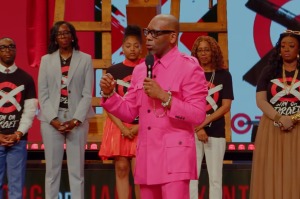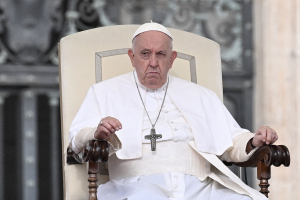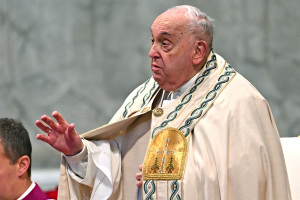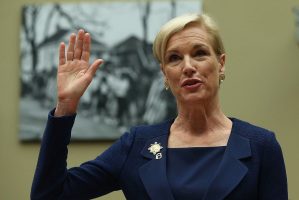Printing More Money: What's Next for The Federal Reserve?

This week the Federal Open Market Committee (FOMC) of the Federal Reserve will meet to consider the next phase of monetary policy. The Fed, through the policy decisions of the FOMC, has been engaged in a policy known as "quantitative easing", or QE. You would not be too far off the mark if you interpret QE as the equivalent of printing money. The Fed has been slowly reducing QE for the past year, and it is expected to finish QE this fall. You may wonder what all the attention on the Fed is about, and how the Fed's actions affect the economy, and possibly your own family?
The Fed controls the money supply; essentially the amount of cash on hand, and in bank accounts. They attempt to maintain the money supply at just the right level; enough to facilitate transactions in the economy, but not so much that prices start to rise out of control. As a rule, the Fed aims to manage the money supply so that prices rise two percent per year. They hope that two percent inflation is just the right level to facilitate necessary price adjustments, but will not distort the economy too much.
Prior to the financial crisis, the Fed controlled the money supply by raising and lowering short-term interest rates. Raising short-term rates would reduce the money supply, while lowering short-term rates would increase the money supply. (It is more intuitive if you think of the causality going in the other direction.) Since 2009, short-term interest rates have been near zero. It is difficult to lower interest rates below zero. (But not impossible-there are negative interest rates afoot in Europe today.) So the Fed has used QE, in the face of zero percent short-term interest rates, as the mechanism to increase the money supply.
It is too complicated in a short article as this, to go deeply into the mechanism of QE. Instead, let's focus on the stated goals of QE, which were two. First, the Fed wanted to stabilize the housing market. It did this by supplying market demand for the mortgages that banks were making, thereby keeping mortgage rates at an historic low level. Second, the Fed wanted to raise asset prices (i.e., houses and stock market), in the hope of achieving a "wealth effect". The wealth effect is when a household, feeling wealthier due to an increase in the value of its property, is less focused on saving and more willing to spend. (The US experienced the wealth effect on the upside of the housing boom, for example, as home equity loans increased.)
So far, so good. Housing prices stopped falling and have even increased a little in certain areas. The stock market has been on an upward path since March 2009. People who own houses and stocks should be feeling wealthier than they were in 2009. There are signs that the economy is indeed healing, not just being carried on the wave of stimulus. So the Fed is winding down QE, and considering its next steps.
It is too early to judge QE a success. The Fed has to get the money supply back to a normal level, in relation to the size of the economy, without creating a new financial crisis in the process of cleaning up after the last one. During the QE regime, the quantity of money created has been absolutely phenomenal. Most of the QE money created has been sitting passively in bank accounts, so we haven't experienced the inflation expected by those concerned with QE. But the Fed has to get us safely back to normal, before we can cheer their performance.
The best way to get to normal is for the economy to grow into the enlarged money supply. But given the amount of QE-created money, that could take a decade of growth or even longer. During this time, the Fed has to prevent the QE-created money from rushing out of bank accounts and creating runaway inflation. The Fed can prevent inflation by raising short-term interest rates, thereby creating an incentive for the QE-money to stay safely in the bank. But higher short-term interest rates would be very costly for the government, which relies on short term borrowing to rollover its massive $17 trillion dollar debt. Higher interest rates would also be a drag on newly revived economic activity.
The Fed will need to be very courageous and resolute in this next phase of monetary policy. It is navigating between two dangerous potential outcomes. One is the risk of excessive inflation, if it raises interest rates too slowly and lets the QE money get into the economy too fast. The other is the risk of an economic slowdown, if it chokes the economy by raising interest rates too fast. Is there room between these potential outcomes for a safe arrival to "normal"? We can only wish Chairperson Yellon well as she leads the Fed, and the US economy, through this next challenging phase.





























